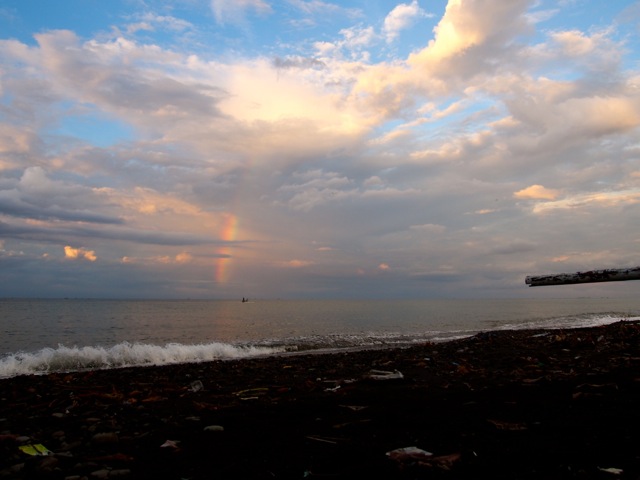Do research. Plan trip. Get on a plane, train, or in an automobile. Spend hours, sometimes days, in transit. Get to XYZ amazing destination and immediately begin thinking about how to have the best Instagram posts, take the most amazing photos, and use all the amenities at your hotel.

Unfortunately, the stress of getting to a destination, along with the pressure to make the most of it and document every moment, can cause a traveler to lose sight of actually experiencing the experience.
As a result, more travelers are looking for techniques to incorporate mindfulness in their travels. You may be familiar with mindfulness — the idea of being present in each moment, stopping and enjoying each thing for what it is instead of worrying about the next step or element — and how people are encouraged to work mindfulness in their everyday hectic lives.
Mindfulness is often touted as a technique to improve overall brain health and clarity. In her book, Being Brain Healthy, traumatic brain injury survivor and author Ruth Curran discusses the power of working mindfulness exercises into everyday life. “Pick something up; feel it, think about it, force your brain to imprint a thought about it as it is,” she says in her book.
The same can be used for incorporating mindfulness into travel, creating a deeper and longer-lasting memory.
Try a few of the techniques below to boost mindfulness:
1. Leave the camera in the room. Not for the whole trip, and not for momentous landmarks you want to be sure to get a snapshot of yourself at, but maybe just for an afternoon, a morning walk, or a night out. Not being focused on framing and capturing the perfect photo forces you to actually look at something for what it is.

2. Focus on smell. When visiting a place, take a moment to stop, sit and close your eyes, then just smell. What scents and aromas do you detect? If you are visiting a busy night market in Thailand, sit for a minute with your eyes closed and identify the scents around you. When you are back home, the next time you catch a whiff of lemongrass or a sizzling chili in a pan, you will remember that night at the market and how it felt to be enveloped in all that buzzing activity.
3. Reach out and touch. Assuming you are not in a location where touching monuments, temples, or artifacts is forbidden, reach over and touch the wall; pick up the sand and run it through your fingers or walk barefoot on the grass or a beach. You might be separated from these elements thanks to shoes or gloves. When you touch something or hold it in your hands, it creates an imprint in your mind that you will associate whenever you see that image again. I have a small piece of Murano glass I acquired in Italy; each time I pick it up and rub my fingers over the smooth surface I am reminded of walking into the myriad of galleries and picking up pieces and admiring their craftsmanship.
4. One thing at a time. Especially when pressed for time, travelers have a tendency to make a list of all the things they want to do or see, sometimes all in a single day. Instead of being a slave to a to-do list, start your day with just the first thing you want to do or see. Then, go do it, and don’t worry about the next thing until you finished what you started.
 5. Write it down. Postcards may be a great way to say hi to the people back home or share a quick memory, but an even better idea is a trip journal. A simple notebook kept in your purse or backpack is ideal to jot down quick thoughts, funny memories or even favorite locations visited with details like addresses and phone numbers. A great additional idea is to write a few lines each night of your trip about what you did that day, what made you smile, and what you were thankful for. Not only can a travel diary be an essential planning tool for future trips but a fun souvenir to flip back through later to relive those memories!
5. Write it down. Postcards may be a great way to say hi to the people back home or share a quick memory, but an even better idea is a trip journal. A simple notebook kept in your purse or backpack is ideal to jot down quick thoughts, funny memories or even favorite locations visited with details like addresses and phone numbers. A great additional idea is to write a few lines each night of your trip about what you did that day, what made you smile, and what you were thankful for. Not only can a travel diary be an essential planning tool for future trips but a fun souvenir to flip back through later to relive those memories!


